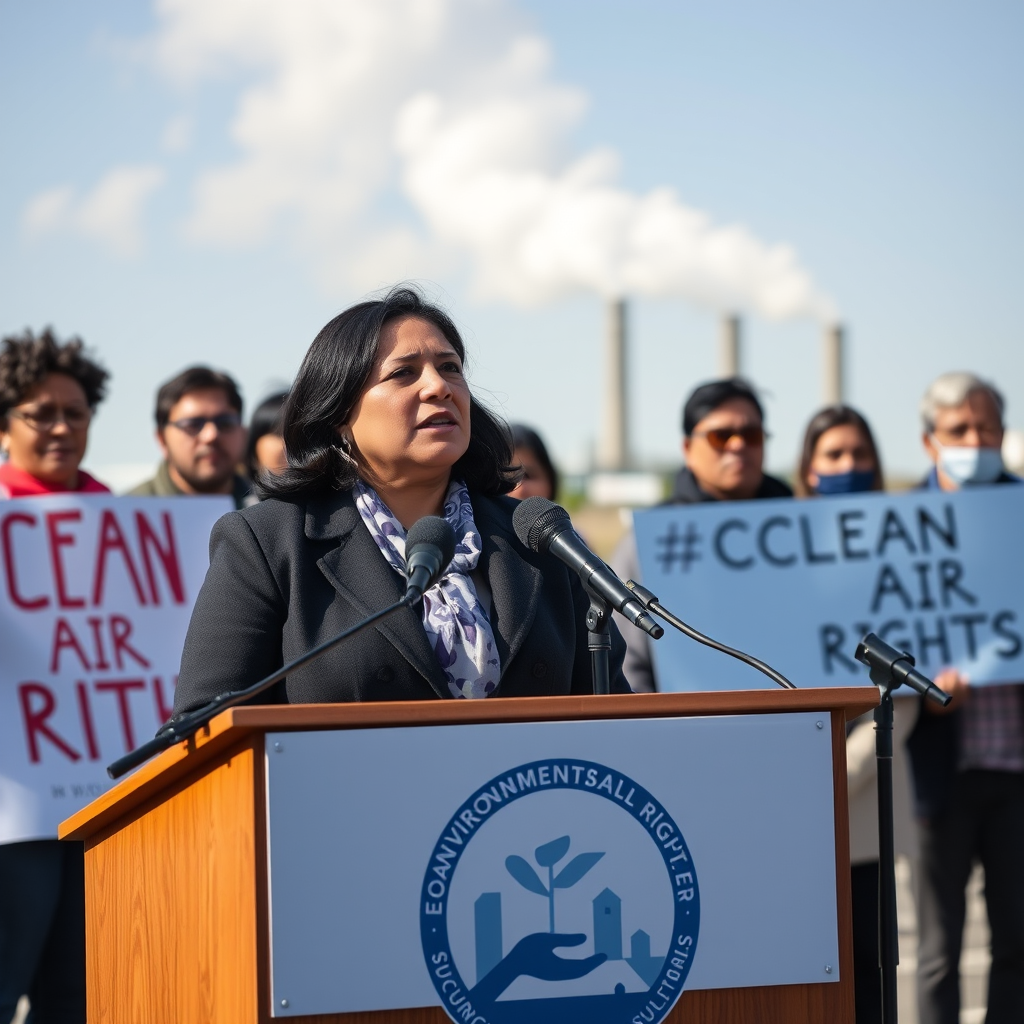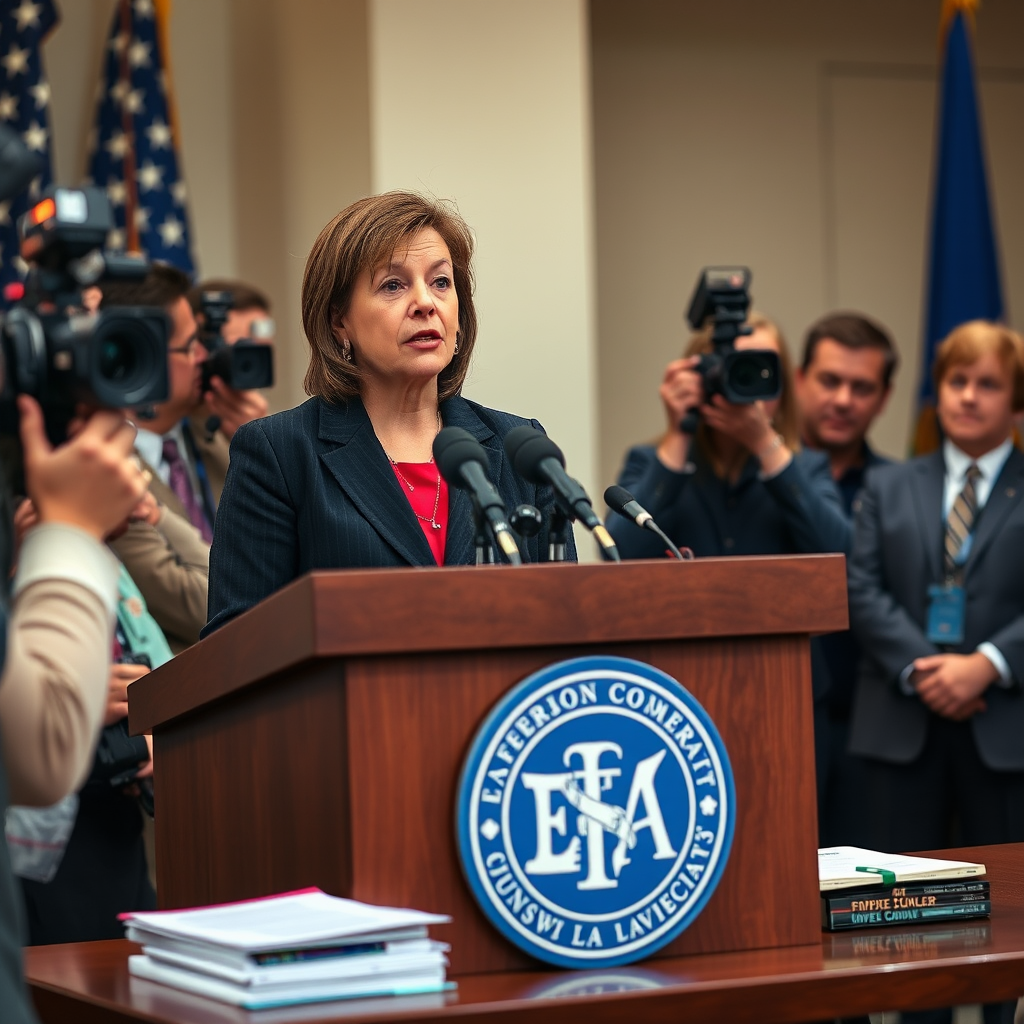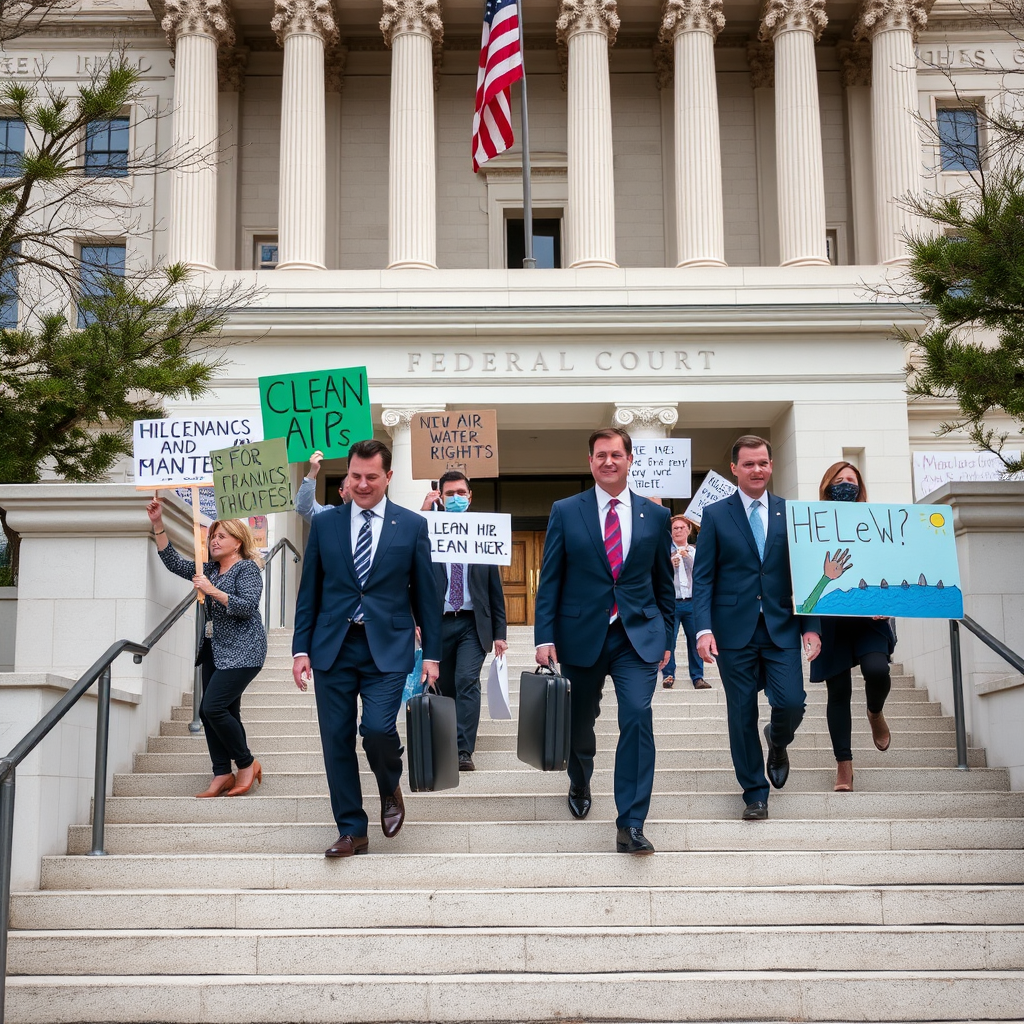In a groundbreaking decision that will reshape environmental law for decades to come, the U.S. District Court for the Northern District of California ruled in favor of community advocates in the case of Citizens for Clean Air v. Industrial Chemical Corporation, establishing new legal precedents for corporate environmental accountability.
The Case Background
The lawsuit, filed three years ago by a coalition of community groups represented by the Environmental Justice Law Clinic, challenged the Environmental Protection Agency's approval of expanded operations at Industrial Chemical Corporation's facility in Richmond, California. The facility had been operating under outdated pollution permits that allowed emissions levels far exceeding current safety standards.
Lead attorney Maria Rodriguez explained the significance: "This case represents a fundamental shift in how courts interpret the Clean Air Act's requirements for environmental justice communities. The ruling establishes that federal agencies must consider cumulative health impacts on vulnerable populations, not just individual permit compliance."

Legal Precedents Established
Judge Patricia Chen's 127-page decision established several crucial legal precedents that environmental lawyers across the nation are already citing in similar cases:
- Cumulative Impact Analysis: Federal agencies must now assess the combined environmental burden on communities, not just individual facility impacts
- Environmental Justice Standing: Community groups have expanded legal standing to challenge permits based on disproportionate health impacts
- Precautionary Principle Application: When scientific uncertainty exists about health risks, agencies must err on the side of public health protection
- Meaningful Community Participation: Public comment periods must include accessible formats and genuine consideration of community input
Community Impact and Response
The Richmond community, which has faced decades of industrial pollution, celebrated the victory as validation of their persistent advocacy efforts. Local resident and plaintiff Teresa Gonzalez, whose family has lived in the area for four generations, shared her perspective:
"Our children have been breathing toxic air for too long. This decision means that our voices matter in the legal system, and corporations can't just ignore the health of our families anymore. It's not just about one factory – it's about changing how environmental law protects all communities."
Industry and Regulatory Response
The chemical industry has expressed concerns about the ruling's potential impact on business operations and regulatory predictability. Industrial Chemical Corporation announced plans to appeal the decision, arguing that the new standards could create "regulatory uncertainty" for manufacturers nationwide.
However, EPA Administrator Jennifer Walsh issued a statement supporting the court's interpretation: "This decision aligns with our commitment to environmental justice and science-based policymaking. We will work with industry to implement these new standards while protecting public health."

Broader Legal Implications
Environmental law experts predict this ruling will influence similar cases across federal circuits. Professor David Kim from Stanford Law School's Environmental Law Program noted the decision's potential reach:
"This case fundamentally changes the calculus for environmental permitting. Lawyers representing communities nationwide are already incorporating these arguments into pending litigation. We're likely to see a wave of challenges to existing permits that failed to consider cumulative impacts."
The decision also strengthens the legal foundation for environmental justice claims under federal law, providing clearer pathways for communities to challenge discriminatory environmental policies through the court system.
Next Steps and Future Litigation
While Industrial Chemical Corporation pursues its appeal to the Ninth Circuit Court of Appeals, the immediate impact of the ruling is already being felt. The company must halt its expansion plans and conduct a comprehensive cumulative impact assessment within 180 days.
Environmental law firms report increased inquiries from communities seeking to challenge similar permits. The Environmental Justice Law Clinic has announced plans to establish a national network to support similar cases, with funding from environmental foundations.
Legal observers expect the case to eventually reach the Supreme Court, given its potential to reshape environmental law nationwide. The outcome could determine whether environmental justice becomes a central consideration in federal environmental permitting or remains a secondary concern.
Conclusion: A New Era for Environmental Law
The Citizens for Clean Air decision represents more than a single legal victory – it signals a fundamental shift toward more equitable environmental protection under federal law. By requiring agencies to consider cumulative impacts on vulnerable communities, the ruling addresses decades of environmental injustice through the legal system.
As lawyers and advocates prepare for the next phase of litigation, this landmark case demonstrates the power of persistent community organizing combined with strategic legal advocacy. The decision will likely influence environmental law practice for years to come, providing new tools for communities seeking protection from industrial pollution.
For environmental lawyers, this case offers a roadmap for challenging inadequate environmental protections while establishing the legal precedent that community health must be central to environmental decision-making at the federal level.
